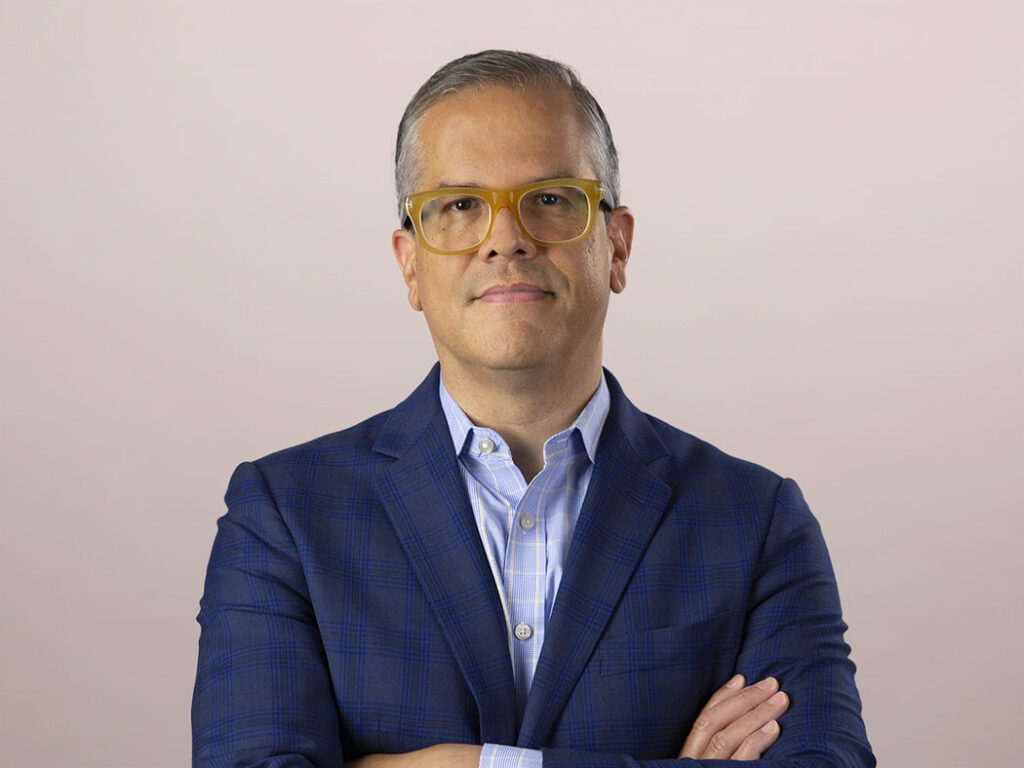How Mobile Technologies Can Turbo-Charge Customer Loyalty And Customer Experience
The Wall Street Journal published an interesting article on Hilton’s plans to invest $550 million in technology solutions that will empower guests to use “smartphones to choose rooms, check in and even unlock doors.” From the customer’s perspective, such a system – if implemented properly – solves a number of problems: Ensuring the best available room choice (as with airline seat choosing apps); no more waiting in line just to check-in; no more lost (or demagnetized) hotel room key cards.
From Hilton’s perspective, the business benefits could be substantial: Driving loyalty and active preference for Hilton hotels; better customer satisfaction and customer experience scores; and up-sell to more services. For example, at check-in, promotions for room upgrades can be presented right on the user’s smartphone, potentially increasing the chance of acceptance.
Disney's MagicBand: A $1 Billion Technology Investment In Customer Experience

Yet it’s not just Hilton – nor just smartphones – at play here. Starwood is rolling out similar functionality in its apps for W Hotels and aloft. Other mobile solutions employ wearable technologies in “B2B2C” scenarios – i.e. instances in which the company provides the wearable tech to customers:
- Disney’s MagicBand represents a $1 billion investment in theme park experience. As my colleague Tony Costa from the Customer Experience (CXP) team has asserted, “Disney's $1 billion bet on a next-generation technology-fueled customer experience, will transform the way Disney guests play, stay, and pay.” MagicBand offers users the ability to solve a key problem they face in Disney’s theme parks – averting long lines. In tandem with users’ smartphones, MagicBand allows top-tier guests (who pay for this VIP tier of customer experience) to reserve times on popular rides. The user benefits from less time in queue, but so does Disney: people standing in lines aren’t spending incremental cash. MagicBand also empowers payments and hotel door unlocking for theme park hotel guests. In fact, one blog post claims that MagicBand can empower 16 different experiences – from the parking lot to the Xbox back in the room.
- Bionym and Salesforce power the next generation casino experience. Using the Saleforce Wear reference app (which I have covered before) high rollers equipped with Bionym’s Nymi band could walk into a casino and enjoy magical, customized experiences. The customer, who remains persistently authenticated while wearing the band, can receive all the benefits due to a VIP. The casino can track her journey all evening, offer up real-time experiences customized to her (like her favorite drink or a seat at the elite poker table), and offer incentives and triggers for new experiences (based on her location and profile) – culled from data about the customer in Salesforce. It’s like Disney’s Magic Band or Hilton’s smartphone app, only with far more assurance that the person wearing the band is who she says she is.
- Lollapalooza music festival trades in meal tickets for RFID-powered wearable tech. When the now-venerable rock festival kicks off on August 1st, 2014, concertgoers will no longer have to buy those meal- and drink-tickets (which can get lost or wet). Instead, they’ll sport B2B2C wrist-bands with RFID to use for all incidental payments during the event. Interestingly, the technology solution doesn’t require Wi-Fi – which all I&O pros (and all non-I&O pros) know creates a lot of bandwidth-constraining performance headaches at large live events.
All of these benefits – to customers, to the business – require close collaboration between infrastructure and operations professionals (who must choose and implement the platforms, systems, and designs of these technologies) and business professionals (who are setting the overall strategy and delving deep into customer journey and needs). For more insights into how you can design customer loyalty programs using mobile (and other) technologies, please see my report Using Technology To Drive In-Store Engagement.
J. P. Gownder is a vice president and principal analyst at Forrester Research serving Infrastructure & Operations Professionals. Follow him on Twitter at @jgownder
